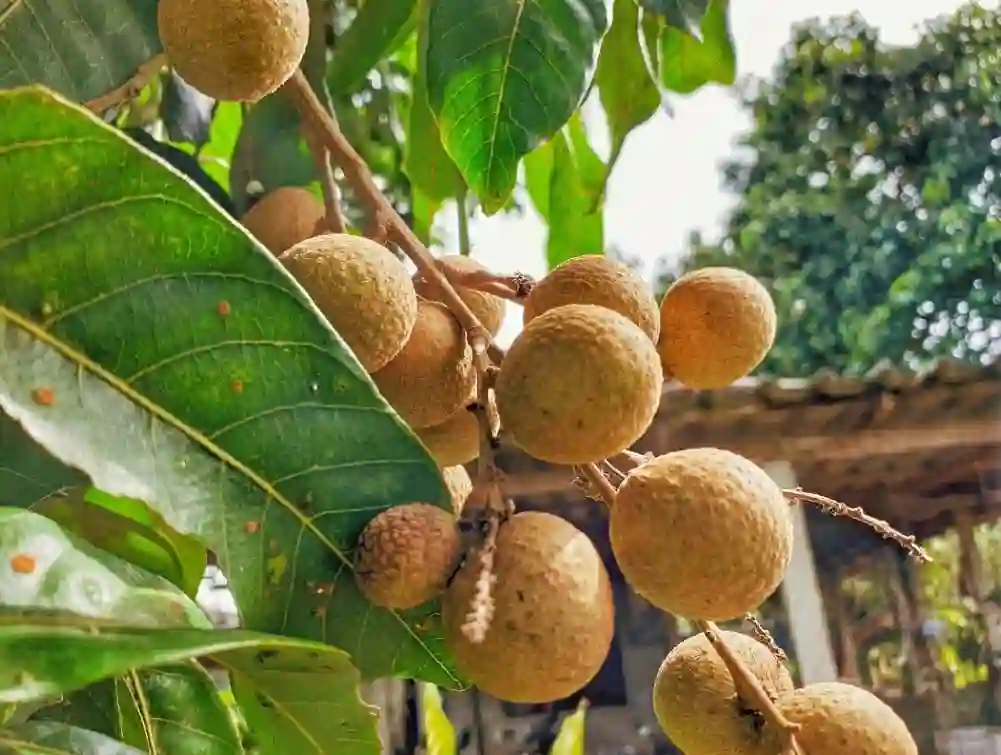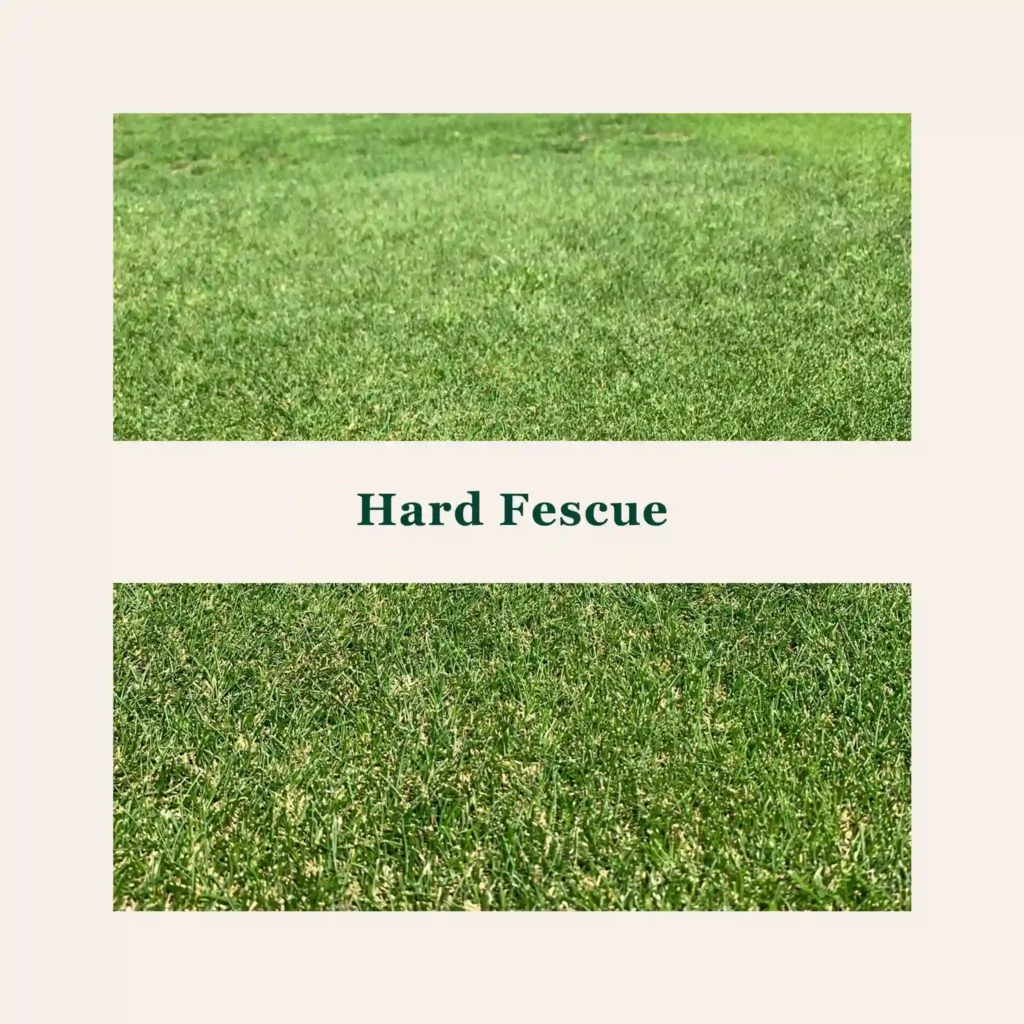Euphorbia Grantii: The African Milk Bush – Your Essential FAQ Guide
Hi everyone, Ferb Vu here! Today, we’re diving into the fascinating world of Euphorbia Grantii, also known as the African Milk Bush. This striking succulent has captured the hearts of plant enthusiasts worldwide, and for good reason. Its unique appearance, adaptability, and low-maintenance needs make it a popular choice for both beginners and seasoned collectors.
But before you rush out and snag one for your own collection, let’s address some of the most common questions surrounding this remarkable plant.
2093 Species in Genus Euphorbia
What is Euphorbia Grantii?
Euphorbia Grantii is a succulent shrub belonging to the Euphorbiaceae family. Native to Africa’s mountainous regions, it thrives in warm climates with good drainage. This evergreen beauty features sparsely branched stems adorned with lush, oblong leaves. However, its most distinguishing characteristic is the milky white sap, a latex, that oozes when any part of the plant is injured.
Important Note: This sap is toxic and can irritate skin and eyes upon contact. Wear gloves when handling Euphorbia Grantii and keep it out of reach of children and pets.
Euphorbia Grantii vs. Synadenium Grantii
You might encounter the name Synadenium Grantii while researching Euphorbia Grantii. This is because they were once considered separate species. However, recent botanical classifications have placed Synadenium Grantii under the Euphorbia genus umbrella. So, Euphorbia Grantii and Synadenium Grantii are essentially the same plant.
Euphorbia Grantii vs. Other Euphorbias
Euphorbias are a vast and diverse group of plants, with over 2,000 species. While they share the milky sap characteristic, Euphorbia Grantii stands out with its shrub-like form and oblong leaves. Here’s a quick comparison with some popular Euphorbia cousins:
- Crown of Thorns (Euphorbia Millii): This iconic succulent features spiny branches and colorful blooms, unlike the smooth stems and inconspicuous flowers of Euphorbia Grantii.
- Pencil Cactus (Euphorbia Tirucalli): This unique Euphorbia boasts pencil-thin, green stems, a stark contrast to the leafy structure of Euphorbia Grantii.
How to grow Euphorbia Grantii?
Euphorbia Grantii is a dream come true for plant parents who appreciate low-maintenance beauties. Here’s what you need to know to keep your African Milk Bush thriving:
- Light: Bright, indirect sunlight is ideal. Avoid harsh afternoon sun, which can scorch the leaves.
- Soil: Well-draining succulent or cactus mix is essential. Ensure the pot has drainage holes to prevent waterlogging.
- Watering: Water thoroughly when the soil dries completely between waterings. Overwatering is a major threat. Err on the side of underwatering.
- Temperature: Prefers warm temperatures between 65°F and 80°F (18°C – 27°C). Protect it from frost and cold drafts.
- Fertilizer: Apply a balanced, diluted fertilizer specifically for succulents during the growing season (spring and summer). Less is more!
- Propagation: Can be propagated from stem cuttings. Allow the cut end to callous over before planting in a well-draining medium.
Common Euphorbia Grantii Problems and Solutions
While generally a resilient plant, Euphorbia Grantii can encounter a few issues:
- Root Rot: Caused by overwatering. Signs include mushy stems, wilting leaves, and stunted growth. Repot in fresh, well-draining soil and adjust your watering habits.
- Mealybugs: These sap-sucking insects appear as cottony white masses on the stems. Treat with insecticidal soap or neem oil solution.
- Scale: Tiny, armored insects that can weaken the plant. Remove them manually with rubbing alcohol on a cotton swab, or use insecticidal soap spray.
Can Euphorbia Grantii Live Indoors?
Absolutely! Euphorbia Grantii adapts well to container life indoors. Just ensure it receives sufficient bright, indirect sunlight and maintain a proper watering routine. Remember, well-draining soil and good air circulation are crucial for indoor success.
Is Euphorbia Grantii Poisonous?
Yes, the milky sap of Euphorbia Grantii is toxic and can irritate skin and eyes upon contact. Wear gloves when handling the plant and keep it away from children and pets.
Conclusion: Embrace the Beauty of Euphorbia Grantii
Euphorbia Grantii offers a unique blend of beauty and ease of care. With its sculptural form, lush foliage and minimal demands, it injects a touch of exotic charm into any space. Whether you’re a seasoned plant collector or a curious beginner, Euphorbia Grantii is an excellent choice. Just remember to exercise caution when handling it due to the sap, and provide it with the basic requirements outlined above. With a little TLC, your African Milk Bush will reward you with years of vibrant growth and effortless elegance. So, are you ready to welcome this captivating succulent into your home?
If i die, water my plants!



